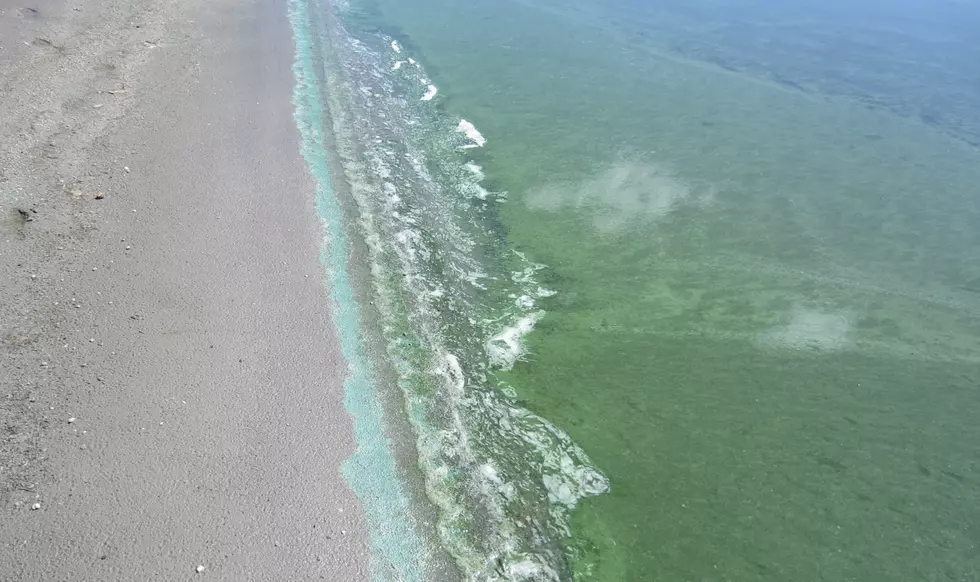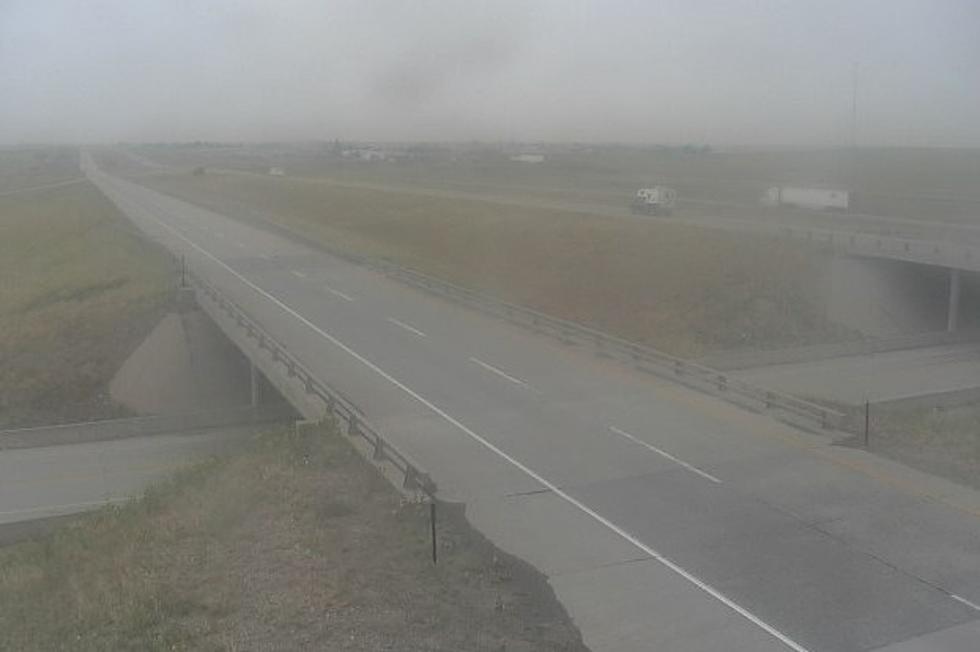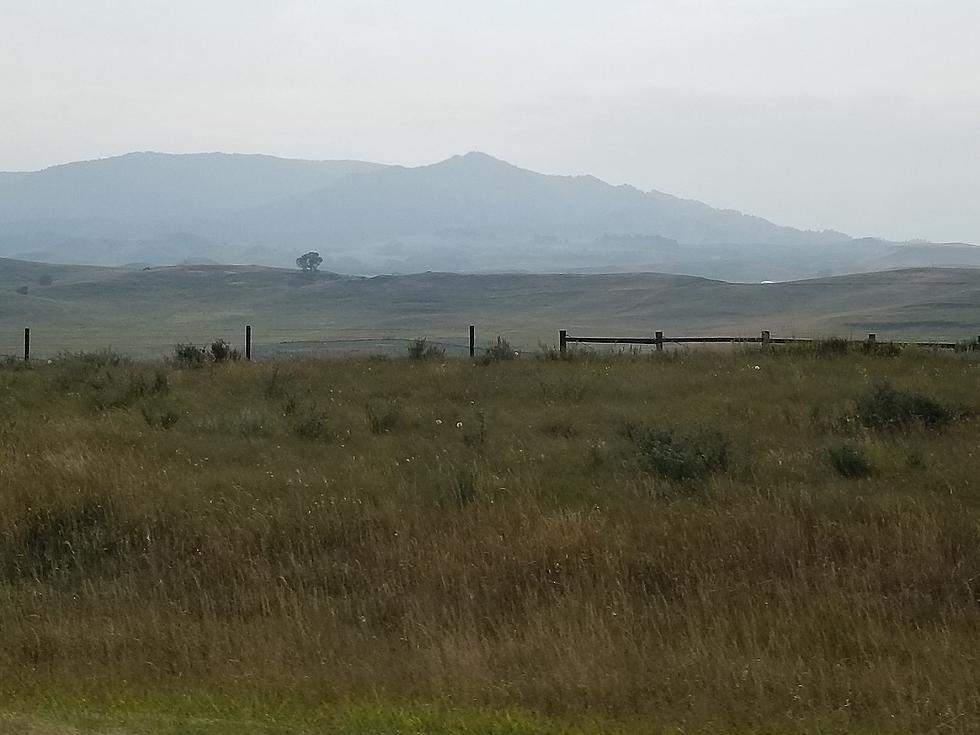
Wyoming DEQ Releases Platte River Basin Survey Results
On Tuesday, the Wyoming Department of Environmental Quality (DEQ) released a 2016 study on water quality in the Platte River Basin.

The report talks about various stressors for the basin as a whole, along with several areas within the basin, including Laramie, Medicine Bow, the Lower North Platte and South Platte, Sweetwater, Middle North Platte, and the Upper North Platte.
Jeremy ZumBerge, Monitoring Supervisor with the Wyoming DEQ, said that there wasn't much from the survey that is cause for concern, the results did lead to them investigating arsenic levels in Horse Creek and studying the Sweetwater river due to its high quality of water.
That report on Horse Creek, which also included Bear Creek and Dry Creek in the North Platte River Basin, showed that some areas in Horse Creek were slightly above the regulatory standard of
While the basin as a whole has low levels of most chemicals like phosphates and nitrate when it comes to E. Coli, it is present at higher than normal levels in 33% of the entire basin, but at higher than normal levels in 69% of the Lower North and South Platte area and 57% of the Medicine Bow area.
ZumBerge said that they are not concerned about the level of E. Coli in water due to it being present mostly in streams that aren't used by people for recreational purposes.
"We did not do any further investigation for E. Coli on any of these sites that were used in the study in the Platte," Zumberge said. "When we make those decisions on looking at E. Coli more closely, we look at things like how high are the values and what are the actual risks. Are these streams that are actually used recrecationally, are they in a residential area, are they in a park or some other thing that would attract people to recreate. So for this particular study, we didn't have any that met that bar where we felt that, ok some of these exceeded the critera, but they did not meet what we would consider to be actually high recreational use."
The survey was completed in 2016, but Zumberge said that it wasn't released until recently due to various administrative factors that slowed down its release.
There were over a dozen different stressors the report looked at, which include riparian disturbance, channel instability, total phosphorus in rivers, Nitrate+Nitrite-N, salinity levels, presence of E. Coli, pH levels, and the total amount of suspended solids, dissolved iron, dissolved aluminum, selenium, nitrogen, arsenic, manganese, and cadmium.
The study ranks whether the stressor is an issue in rivers by either least-disturbed or most-disturbed, with another category for indeterminate if they were unable to access the property, with least-disturbed being what is normal in a stream or river and most-disturbed being far outside normal levels.
According to the report, the DEQ surveyed 4,995 miles of perennial streams that aren't in United States Forest Service areas, out of the total of 7,394 miles in the basin.
Of the 4,995 miles the DEQ initially considered, it only ended up assessing 2,123 miles, while the remaining 2,872 miles weren't assessed because they "were ephemeral or intermittent, human-constructed, wetlands, inaccessible, or access was denied."
Of those, 30% was because the owner of the site denied access and 26% were because the areas had non-target charateristics.
Here's What You Need To Float The North Platte With Your Family
Esterbrook, Wyoming Fall 2020
More From K2 Radio









